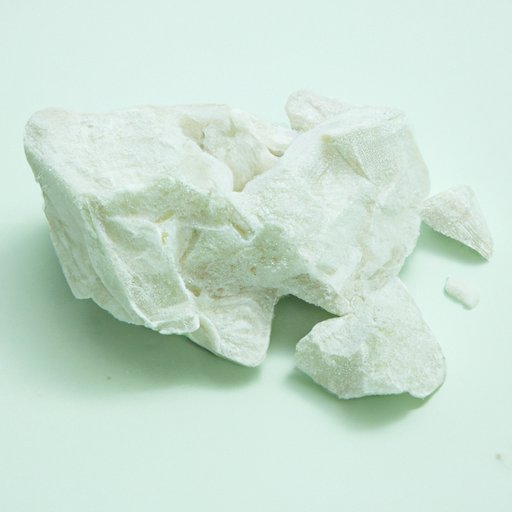Introduction
Gypsum is a soft sulfate mineral that has been used in a wide range of applications since ancient times. It is an important component of construction materials such as plaster and drywall, and is also used in agricultural applications to improve soil structure. Understanding the nature of gypsum is important for anyone looking to use it in their projects.
Examining the Mineralogy of Gypsum
In order to understand what makes gypsum a mineral, it’s important to first define what a mineral is. According to the International Mineralogical Association (IMA), a mineral is “a naturally occurring substance formed through geological processes that has a characteristic chemical composition, a highly ordered atomic structure, and specific physical properties.” Gypsum meets all of these criteria, making it a true mineral.
Gypsum has a chemical composition of calcium sulfate dihydrate (CaSO4~2H2O). It is an evaporite mineral, meaning it is formed by the evaporation of bodies of water such as lakes and seas. As the water evaporates, the dissolved minerals are left behind and form crystals. These crystals then form beds of sedimentary rock that can be mined and used in various applications.
The most common form of gypsum is a white or colorless crystalline material with a hardness of 2 on the Mohs scale of mineral hardness. It has a specific gravity of 2.3, which means it is about twice as dense as water. Gypsum is also soluble in water, meaning it can be dissolved in water and transported in solution.
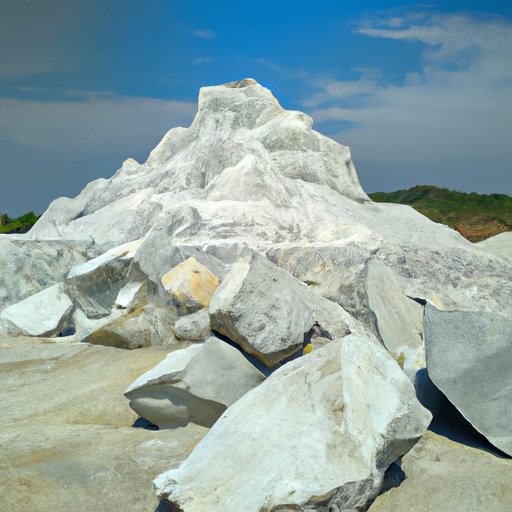
A History of Gypsum Mining and Uses
Gypsum has been used throughout history in a variety of ways. Ancient Egyptians used it in the construction of their pyramids, while ancient Greeks and Romans used it to make sculptures and decorations. Gypsum was also used as a plastering material in early American homes.
Today, gypsum is still widely used in the construction industry. It is used to make plaster, drywall, stucco, and other building materials. It is also used in agriculture as a soil additive to improve soil structure and fertility. In addition, gypsum is used in the production of cement, paper, paint, rubber, and many other products.
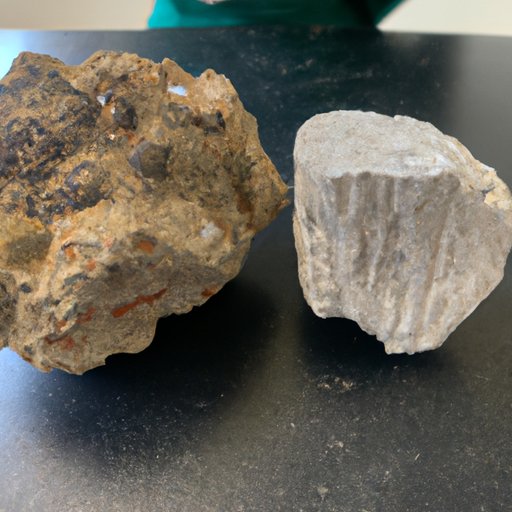
Comparing Gypsum to Other Minerals
When compared to other minerals, gypsum shares some similarities. Like other minerals, it is a naturally occurring substance with its own unique chemical composition and physical properties. However, there are some key differences between gypsum and other minerals. For example, gypsum is much softer than other minerals and is more easily mined and processed.
Gypsum is also different from other minerals in that it is not found in large deposits. Instead, it is typically found in small amounts in sedimentary rocks such as limestone and shale. This makes it more difficult to locate and mine than other minerals.
Exploring the Health Benefits of Gypsum
Gypsum has long been known to have health benefits. It is a rich source of calcium, which is essential for strong bones and teeth. It also contains trace amounts of other minerals such as iron, magnesium, and zinc, which are important for general health and well-being.
In addition, gypsum may help reduce inflammation and improve digestion. A recent study published in the Journal of the Science of Food and Agriculture found that gypsum supplementation significantly reduced inflammation in rats. Another study found that gypsum could improve digestive health in pigs.
However, it is important to note that there are potential risks associated with consuming gypsum. Large amounts of gypsum can cause gastrointestinal discomfort and even lead to kidney stones. Therefore, it is important to consult a doctor before taking any gypsum supplements.
How Gypsum is Used in Construction
Gypsum has a wide range of uses in the construction industry. It is most commonly used in plastering and drywall, but it can also be used to make stucco, mortar, and grout. Gypsum is also used in the manufacture of concrete blocks and bricks.
Plastering is the process of applying a thin layer of gypsum over walls and ceilings to create a smooth surface. Drywall is a type of wallboard made of gypsum and other materials, and it is used to create interior walls and ceilings. Stucco is a type of plaster made of gypsum and other materials, and it is used to create decorative surfaces.
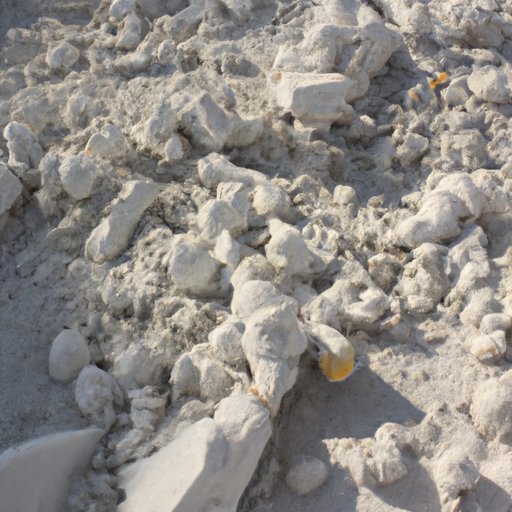
The Effects of Gypsum on the Environment
The mining and processing of gypsum can have a significant impact on the environment. The mining process can cause air and water pollution, as well as damage to local ecosystems. In addition, gypsum can release sulfur dioxide and other pollutants into the atmosphere if it is burned.
In addition, gypsum can leach into the soil and groundwater, leading to potential contamination. Therefore, it is important to take steps to ensure that gypsum is properly managed and disposed of, and to minimize its environmental impact.
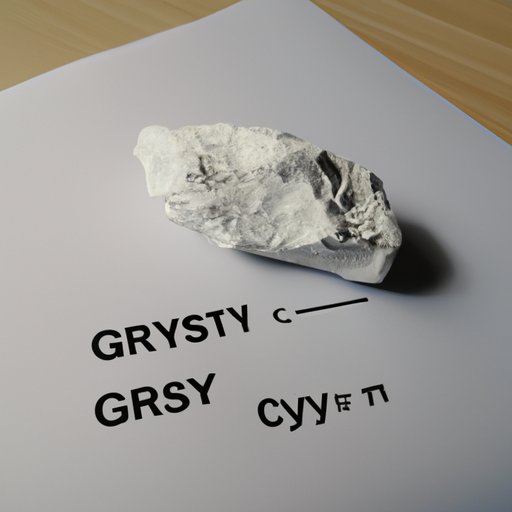
Understanding the Chemistry of Gypsum
The chemical composition of gypsum is important to understand when using it in various applications. Gypsum is composed of calcium sulfate (CaSO4) and two molecules of water (2H2O). When heated, gypsum will lose its water molecules and become anhydrous calcium sulfate (CaSO4). This can be used in a variety of industrial applications.
Gypsum is also capable of undergoing several chemical reactions. It can react with acids to produce sulfuric acid, and it can react with bases to produce calcium carbonate. Gypsum can also react with other minerals to form compounds such as calcium sulfide and calcium nitrate.
Conclusion
Gypsum is a mineral that has a wide range of uses in various industries. It has a unique chemical composition and physical properties, and it can undergo several chemical reactions. Gypsum has been used in construction materials such as plaster and drywall, and it is also used in agriculture to improve soil structure and fertility. In addition, gypsum has potential health benefits, but there are also potential risks associated with consuming too much of it. Finally, gypsum can have a significant impact on the environment if it is not properly managed and disposed of.
Overall, understanding the nature of gypsum is important for anyone who is looking to use it in their projects. By doing so, they can ensure that they are taking the necessary steps to minimize any potential negative impacts.
(Note: Is this article not meeting your expectations? Do you have knowledge or insights to share? Unlock new opportunities and expand your reach by joining our authors team. Click Registration to join us and share your expertise with our readers.)
